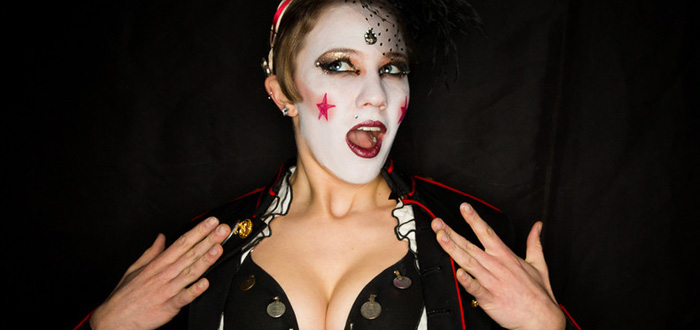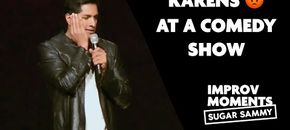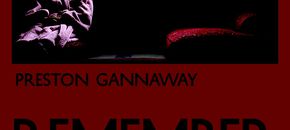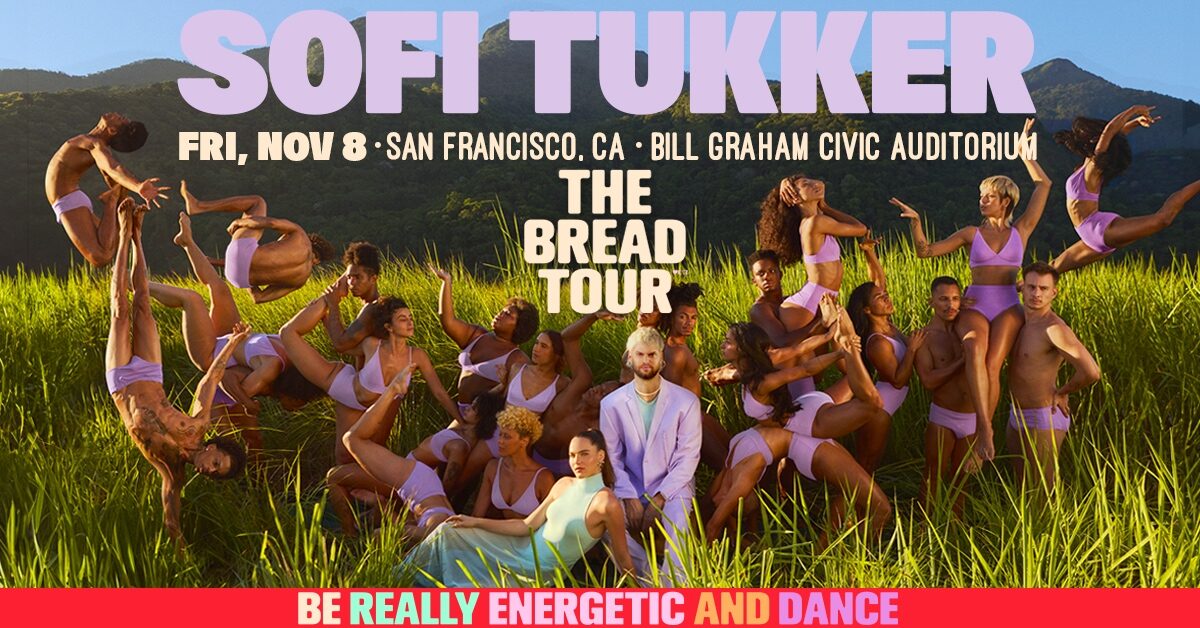Edwardian Ball Returns With Two Days of Edward Gorey-Inspired Parties

In a city that prides itself on its individuality, one would still be hard pressed to find anything quite like the Edwardian Ball, which boasts an aesthetic that mixes Edwardian period dress, steam punk chic and Edward Gorey-inspired madness for two days at the Regency Ballroom.
The ball, which has brought the macabre works of famed illustrator Gorey to life since its San Francisco debut at the Cat Club in 1999, features a live interpretation of Gorey illustration The Curious Sofa this year. We spoke with festival founder Justin Katz, whose band Rosin Coven performs at the event alongside avant-cabaret community the Vau de Vire Society’s array of acrobats, aerial performers, sideshow acts, fire performers and more.
The Edwardian Ball arrives at Regency Ballroom on January 17-18.
Ok, so an obvious first question is why Edward Gorey? What inspired you to pick him as the inspiration behind the ball?
Well, Edward Gorey’s art and aesthetic of odd, humorous, off-beat (sometimes disturbingly off-beat) story telling was a good creative match for Rosin Coven. The character and the unusual nature of his stories and art, that kind of unclassifiable nature, were very appealing to our group. Rosin Coven itself was never easy to classify, but we always used theatrics and story telling to mix dark themes with a certain humor. So when we came up with the idea of throwing a ball in Gorey’s honor it was a seamless fit to take the stage and start reading his work.
Can you tell me a little about the history of Rosin Coven?
Well the credit for that goes to my wife Carrie Katz, also known as Midnight Rose, who put an ad in the paper back in 1996 looking for musicians wanting to create a “strange and beautiful ensemble.” She found a cellist and a violinist and they started playing their own quirky offbeat compositions.
I joined as the bassist and we ended up forming this unusual troupe of musicians that also just loved theater and story. We started inventing our own genre that came to be known as “pagan lounge music.” We really took ownership of that name to mean a sort of alternate reality or alternate space where we would put on shows and invite people to enter the pagan lounge. I think that really laid the foundation for the Edwardian Ball to be a group experience. It’s really a show made up of its participants.
When you guys started the Edwardian Ball, it was just a small event that Rosin Coven put on at the Cat Club. What has it been like to watch it grow over the last 14 years into what it’s become today?
Watching the Edwardian Ball grow from an underground club to an internationally recognized festival has been very inspiring and an unpredictably great ride. When you’re an artist of any craft, you never know what you’re going to do that might catch people. If you’re being true to your craft you put a lot of ideas out there and you hope that something sticks. That’s why seeing the Edwardian Ball become a runaway hit has been so inspiring.
We put our craft out there and combined it with the love of an amazing author and a historic experience and it just caught fire. We’ve been building on it every year, and it’s a delight and a labor as it comes around to figure out what we can offer to make each year fresh and real.
How has the Ball changed since the Vau de Vire Society joined as co-hosts in 2005?
Well, that’s when all hell broke loose in the best possible way. For the first four years, Rosin Coven was trying to do it all. I think we did a pretty good job of it for being a theatrical band, but at heart we’re a musical ensemble. Bringing in Vau de Vire freed us up to focus on scoring and narrating the stories and handed theatricality to one of the most phenomenal performance troupes I’ve ever seen.
Vau de Vire Society are a world class performance troupe. The team now of Rosin Coven and Vau de Vire is a really potent force to play with Gorey’s work. We understand each other better each year we do it.
I’m a pretty big Gorey fan myself, so what I’m really interested in is your adaptation of The Curious Sofa into a stage show. Were there a lot of challenges in adapting an illustrated work like that into a live performance?
I think there are challenges to choreographing and scoring any piece of literature. There’s a question of how much of the story do you literally put in front of people. We always try to keep the text verbatim, we’re not changing the work. I think The Curious Sofa is not as hard as some prior years because it’s such a playful, naughty tale of what is happening.
Gorey called it his pornographic work, and it was his commentary on our obsession with both pornography and censorship. How we want both and we’re caught in this schizophrenic relationship with them. Some of his stories have been a challenge to work with because there’s so little action in them, but we didn’t have that trouble this year.
Costumes are big part of the Edwardian Ball Experience. Out of all the years you’ve been doing this, is there one costume that sticks out as your favorite?
Wow, it’s tough to pick just one. I think one that really stood out was from Gorey’s The Ghashlycrumb Tinies, which is the story where he illustrated a child dying for every letter of the alphabet. In that work, W is for Winnie embedded in ice, and this woman showed up to the Edwardian Ball as Winnie. She had encased herself in a Plexiglas sheet of ice and she was walking around the party banging on the plastic as this little girl trapped in ice.
I think that really opened my mind to the unlimited nature of the Edwardian Ball’s costuming. I mean, I’ve seen people come as Edwardian royalty with the most resplendent gowns and suits, and that is amazing. And then you see one of Gorey’s Ghashlycrumb children forever lost on the Edwardian Ball floor in a block of ice and you realize there’s no limit to what you can do with the ball.
One last thing before I let you go. Can you give me a three-word power punch to sum up the event?
Elegantly imagined world.
The Edwardian Ball is at Regency Ballroom on January 17-18. Tickets are $40 to $90 and doors open at 8pm. All ages are welcome. More info.
Scenes from SF Station’s archive:















































































